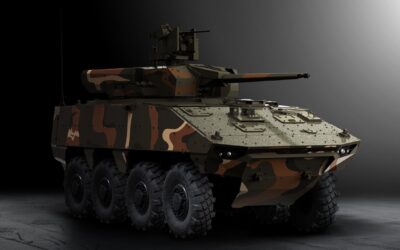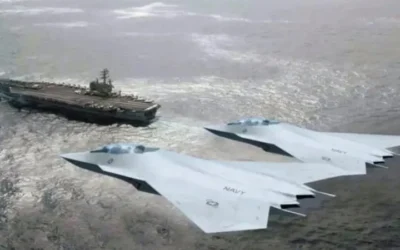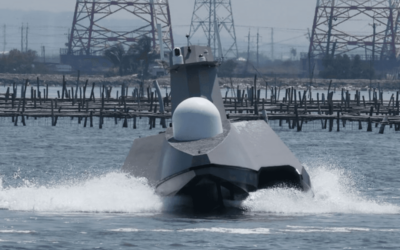A bipartisan bill titled the “American-Hellenic-Israeli Eastern Mediterranean Counterterrorism and Maritime Security Partnership Act of 2025”…
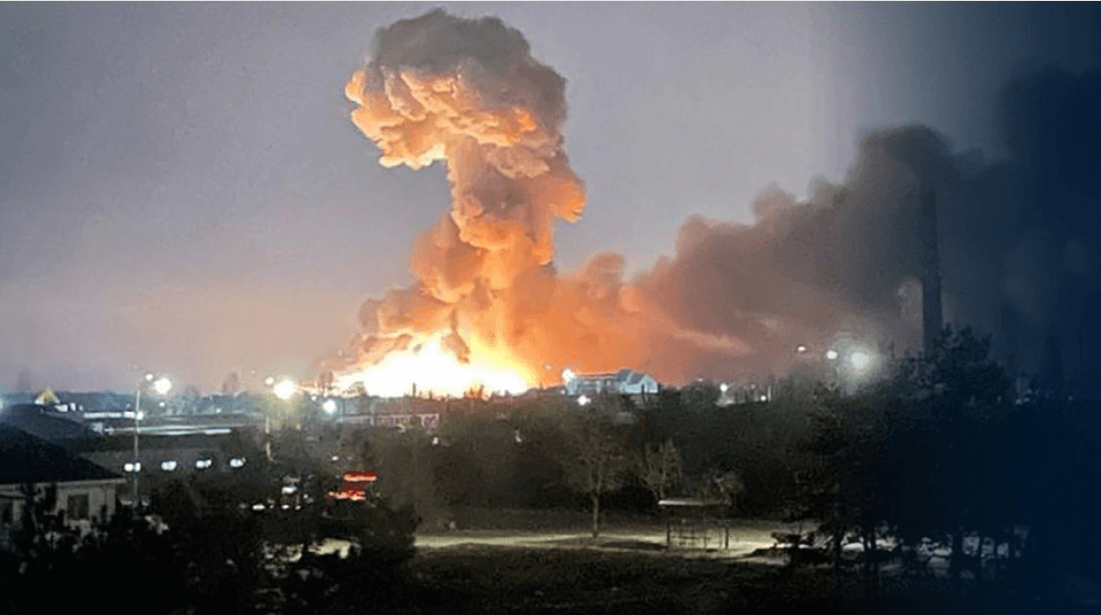
It was in the early hours of February 24, when Russia invaded Ukraine under the pretext of the country’s de-Naziization and its complete disarmament, scenarios which the Russian authorities estimated would not last for longer than several weeks, let alone months.
The conflict has been going on for more than three months now, with Russia appearing to be embroiled in an endless war of attrition with limited battlefield success, with neither a rapid takeover nor a large-scale occupation that would allow Moscow to control most of Ukraine and establish a puppet government.
In contrast, Russian troops were repulsed on the outskirts of Kyiv and other major cities amid fierce Ukrainian defence, where convoys of Russian vehicles appeared to be “parked” on highways and troops ran out of supplies, thus becoming easier targets.
Just over a month after the invasion, Russia, witnessing an impasse in the capital, withdrew its troops from areas near Kyiv, shifting its focus to the eastern Donbass region. Thus, instead of a massive campaign in the east, the Kremlin opted for a series of tactical small-scale attacks there, with the aim of gaining ground and gradually encircling Ukrainian Forces.
Certainly, Russia has occupied significant territories around the Crimean peninsula, which was annexed by Moscow eight years ago, while also cutting off Ukraine completely from the Sea of Azov, eventually securing full control of the main port of Mariupol.
The siege of Mariupol finally brought about its downfall after a long siege, which deprived some of the Russian troops on other battlefields.
Also read: War in Ukraine | Overview of the conflict 20 days later
Every day, Russian artillery shells Ukrainian positions in Donbass, trying to break through the defensive lines, but the attack on the east does not seem to have substantial advantages, as Western weapons are constantly sent to Ukraine, strengthening the army of defenders.
Russian Forces in the region have only achieved sporadic victories, clearly reflecting both the insufficient number of Russian troops for such a conflict and the dynamics of the Ukrainian resistance.
Elsewhere in Ukraine, Russian forces have systematically targeted Western arms shipments, ammunition and fuel depots, and critical infrastructure with cruise missiles and airstrikes, in hopes of weakening Kyiv’s military capability.
The Kremlin still seems to have a more ambitious goal: to cut off Ukraine from the Black Sea coast to the Romanian border. Such a move would also allow Moscow to build a land corridor to Moldova’s separatist region of Transnistria, where some Russian troops are also stationed.
Moscow seems to be aware, however, that this goal is not currently achievable with its limited forces, as it has not been able to advance towards Odessa owing to resistance in Mykolaiv.
The lack of resources was exacerbated last week by a sharp Russian withdrawal from areas near Kharkiv, Ukraine’s second-largest city, which had been bombed since the start of the war.
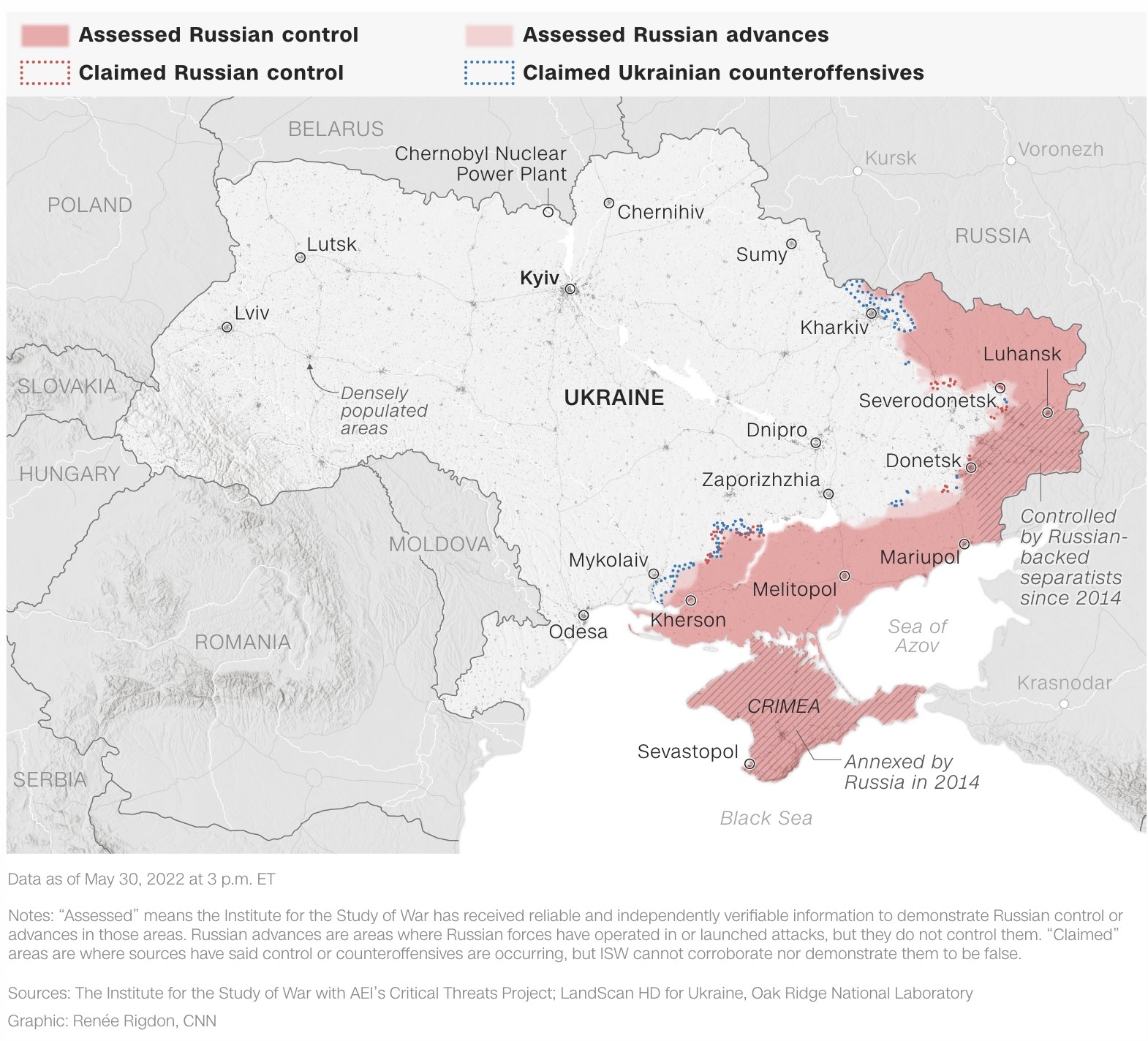
Ukraine, for its part, continues to receive a steady flow of Western weapons, hoping to receive even more modern and heavier weapons. Ukrainian President, Volodymyr Zelensky, reaffirmed last week that pushing back the Russians to their pre-invasion positions would represent a victory, but some of his aides declared even more ambitious goals.
Mikhail Pontoliak said Ukraine was not interested in a ceasefire “until Russia is fully ready to surrender the occupied territories” – a bold statement that seems to reflect hopes of regaining the regions of Donbass and Crimea.
Also read: Russia – Ukraine | 15-point peace agreement – Talks continue via TELECOM
Casualties and equipment losses
Western experts agree with their estimates that thousands of Russian soldiers have been killed since the start of the war in Ukraine, while similar estimates for the Ukrainian Armed Forces show that the casualties of Ukrainian soldiers are clearly fewer.
“We do not know much about the rate of casualties of Ukrainian Forces. In fact, we know nothing about it,” Michael Coffman stated, an expert at the American CNA Research Institute.
As was logical and expected in the midst of the war, Russians and Ukrainians are very frugal in their reporting of casualties. What is more, the official data, which is impossible to verify from independent sources, is obviously underestimated, for propaganda reasons.
Nonetheless, the Ukrainian Ministry of Defence, in its latest update, announced that the Russian Armed Forces have suffered the following losses from 24.02 to 31.05:
- Fatalities: Around 30.650
- Main Battle Tanks: 1367
- APVs: 3322
- Artillery systems: 655
- MLRS systems: 209
- Anti-aircraft systems: 93
- Fighter aircraft: 209
- Helicopters: 174
- UAVs: 523
- Cruise missiles: 122
- Warships: 13
- Vehicles and fuel tanks: 2286
- Special equipment: 48
On the other hand, for the same period, the Russian Ministry of Defence, in its latest announcement, added that the Ukrainian Armed Forces have suffered the following losses:
- Fighter aircraft: 184
- Fatalities: about 25.000
- Helicopters: 128
- UAVs: 1070
- Anti-aircraft/anti-missile systems: 325
- Main Battle Tanks and other armored vehicles: 3342
- MLRS: 454
- Artillery systems: 1738
- Special Operations Vehicles: 3311
The Ukrainian Armed Forces have adopted a mode of action similar to that of high-tech insurgency warfare rather than conventional conflict to avoid the firepower of the Russians.
Also read: Ukrainian crisis | Russia claims that the first phase of the “special operation” is being completed
The Ukrainian leadership is preparing for the difficult weeks to follow as the Russian war machine launches new, massive attacks and heavy shelling upon Severodonetsk, turning it into a new Mariupol. The fall of the city will give Russia full control of Lugansk and essentially a major foothold in the battle on the eastern front.
Surrounded on three sides, the Ukrainian Forces counterattack, but the casualties increase on a daily basis and their morale is shaken. In this 3-month war and after thousands of deaths, the Russian occupation has expanded to 20% of the Ukrainian territory and now occupying the territories from Crimea to Donbass, it is unlikely that it will negotiate.
As Ukraine enters the fourth month of the war, Vladimir Putin has been forced to confine himself to the south and east due to the Ukrainian resistance and the huge problems the Russian Army is facing, especially in terms of logistics and tactics, while with the withdrawal of Russian Forces, reveals the probable conduction of war crimes as mass graves and footage of executions come to light.
Thus, almost 100 days after the Russian invasion and the high toll on lives and infrastructure we can say that there is not a clear way to end this tragedy. On the one hand, the strategic impasse for the Kremlin is deepening and on the other, Ukraine does not seem willing to discuss a peace treaty unless Russia will return all the occupied territories.
Also read: Ukrainian Crisis | Submission of peace plan by Italy
READ MORE
Germany | 5,000-Man Armoured Brigade in Lithuania to Bolster NATO’s Eastern Flank
Germany officially commenced its first permanent deployment of foreign troops since World War II on Tuesday.
EIB | Measures to Finance European Security and Defence and Critical Raw Materials
The European Investment Bank (EIB) has agreed on a series of measures to further boost investment in security and defence, as well as in critical raw materials.
KNDS France – METLEN | Partnership for the Production of the VBCI PHILOCTETES® in Greece
METLEN has entered into an exclusive partnership with KNDS France for the production of the latest-generation French 8×8 Infantry Fighting…
USΑ | Bipartisan Bill Submitted to US Congress to Lift Cyprus Arms Embargo
A bipartisan bill titled the “American-Hellenic-Israeli Eastern Mediterranean Counterterrorism and Maritime Security Partnership Act of 2025”…
AI Task Force | First Session of the National Committee for Artificial Intelligence of Cyprus
The first session of the National Commission for Artificial Intelligence (AI Task Force) was held, marking the official start of the work…
Germany | 5,000-Man Armoured Brigade in Lithuania to Bolster NATO’s Eastern Flank
Germany officially commenced its first permanent deployment of foreign troops since World War II on Tuesday.
F/A-XX | Awaiting Developments on US Navy’s Sixth-Generation Stealth Fighter Plans
The US Navy is expected to announce this week who will be awarded the “golden contract” to develop its next-generation stealth fighter…
Endeavor Manta | Taiwan’s New USV
Taiwan has introduced its first indigenous unmanned surface vehicle (USV) as part of its efforts to develop asymmetric…













